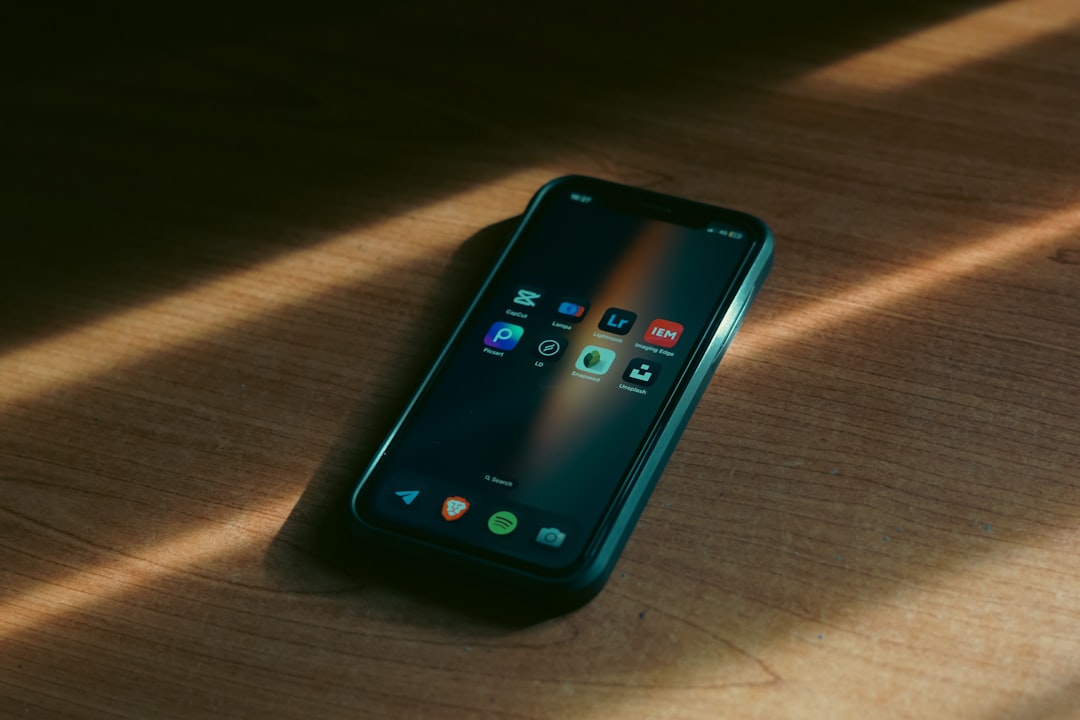In today’s digital landscape, it’s no secret that Google has embedded itself deeply into the fabric of our online lives. From search queries and YouTube videos to Gmail and Google Maps, the tech giant offers countless services — often for free. But as the old saying goes, “If you’re not paying for the product, you are the product.” Google’s business model relies heavily on data collection and user profiling, raising important questions about what kind of tracking is truly avoidable and what isn’t.
Contents of Post
What Google Tracks
Google collects an enormous variety of data from its users, much of which is used to fuel its advertising empire. Some of the most commonly tracked data includes:
- Search history (via Google Search and voice assistants)
- Location data (through Android devices, Google Maps, and even Google Photos)
- Browsing activity (especially if you’re using Chrome or visiting sites with Google Ads or analytics services)
- Email content (via Gmail, though scanning practices have been scaled back for ad targeting purposes)
- App usage (Android apps that sync with Google services)
- Video viewing habits (via YouTube)
Even if you aren’t logged into a Google account, the company often uses cookies, device IDs, and IP addresses to associate your activity with a unique profile.
What You Can Escape
Completely escaping Google’s reach can be a monumental task, but for users who are serious about minimizing their exposure, there are areas where efforts can indeed pay off.
1. Ditch Google Search
Consider using privacy-respecting search engines like DuckDuckGo, Startpage, or Brave Search. These platforms don’t track your queries, and some are built on Google’s search index — allowing you to maintain quality results without giving up privacy.
2. Switch Browsers
Google Chrome is notorious for sharing browsing behavior with Google services. Alternatives like Mozilla Firefox, Brave, or even Safari on Macs provide far more privacy by design and are not tied into the Google ecosystem.
3. Use a VPN and Privacy Tools
Virtual Private Networks (VPNs) can prevent Google from identifying your location and IP address. Pair this with tracker blockers like uBlock Origin or Privacy Badger, and you significantly reduce Google’s ability to build a detailed profile.
4. De-Google Your Phone
If you’re on Android, Google’s grip is particularly strong. However, using a custom ROM like GrapheneOS or LineageOS without built-in Google services can limit tracking — though this comes with technical challenges and reduced app functionality.

What You Can’t Escape (Easily)
Unfortunately, several aspects of Google’s surveillance are nearly impossible to avoid — especially because of how deeply integrated Google is across the web and mobile infrastructure.
1. Android Operating System
Android powers over 70% of global smartphones, and it’s tightly integrated with Google’s data ecosystem. Even if you don’t sign in or disable location tracking, apps and background services may transmit telemetry data back to Google.
2. Embedded Web Trackers
Millions of websites use Google’s ad network or analytics service, which means your browsing behavior is often tracked even if you’re not using a Google-owned browser or signing into any accounts. Although privacy tools help, it’s nearly impossible to dodge all these trackers.
3. Gmail and Workspace Integration
Many enterprises and schools rely on Google Workspace, which means even email communications you send to Gmail users can be scanned for metadata and security purposes. While Google says it no longer scans email for ad targeting, the data is still processed in multiple ways.
4. YouTube & Online Media
Because YouTube is the default video platform for much of the internet, avoiding it altogether may be difficult. Embedded YouTube videos track user interactions, and content consumption data is fed back to Google’s recommendation algorithms.
So, What’s the Verdict?
It’s entirely possible to minimize Google’s tracking footprint, but achieving total escape is extraordinarily difficult. For the average user, the goal should be:
- Awareness: Know what data is being collected and when.
- Choice: Use alternatives where it makes sense and where it doesn’t sacrifice critical functionality.
- Control: Apply privacy tools, regularly review permissions, and set up a tighter digital hygiene routine.
Complete anonymity in the digital world may be elusive, but informed users can take meaningful steps to protect their privacy and limit unnecessary data collection.
